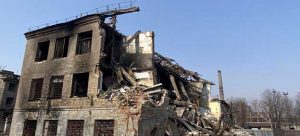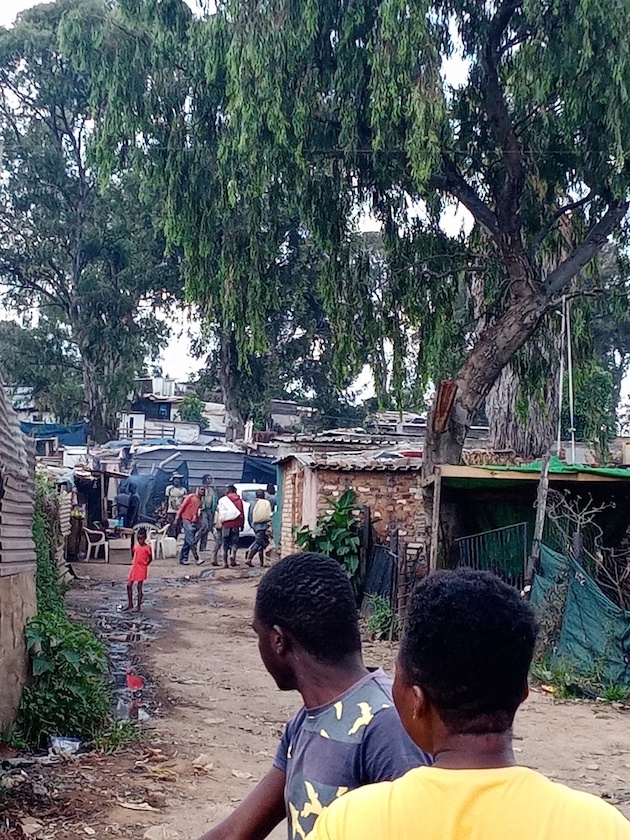TEMECULA, Calif., Jan. 23, 2023 (GLOBE NEWSWIRE) — Nikkiso Cryogenic Industries' Clean Energy & Industrial Gases Group (“Group”), a part of the Nikkiso Co., Ltd (Japan) group of companies, is pleased to announce that Rosario Ochoa has joined the Group as General Manager of Nikkiso ACD, effective January 16, 2023.
Rosie brings with her over 15 years of experience in production, lean manufacturing, sustaining engineering, new product development, environmental health and safety as well as quality compliance to standards such as ISO 9001, AS9100, ISO/TS1949. She has a Bachelor of Science Degree in Electronics Engineering from Mexicali Institute of Technology, Mexico, and a certified ISO 9001:2008 Lead Auditor from AQS Management Systems, Inc. She has a strong background in manufacturing operations, quality and six sigma, engineering, organizational excellence and cultural transformation.
Nikkiso ACD, Santa Ana, California, along with Nikkiso Cryo (Las Vegas) is part of the Group's Cryogenic Pumps Unit. As General Manager, Rosie will drive operational excellence throughout the Cryogenic Pumps Unit as well as the entire organization leading the cross functional teams to improve speed and efficiency across the business. She will report to Jim Estes, Executive Director Nikkiso ACD.
“Rosie brings a broad range of skills and experience to the position. With her leadership, I am confident ACD will continue to grow and meet our customers demand for the best quality and reliability of cryogenic pumps,” according to Jim Estes, Executive Director Nikkiso ACD. “Rosie's role further supports our mission to provide innovative equipment, technologies and services through our global group of companies to help our customers to make a difference.”
Rosie is also a member of the Vistage organization: the world's largest CEO coaching and peer advisory organization for business leaders.
ABOUT CRYOGENIC INDUSTRIES
Cryogenic Industries, Inc. (now a member of Nikkiso Co., Ltd.) member companies manufacture, and service engineered cryogenic gas processing equipment (pumps, turboexpanders, heat exchangers, etc.), and process plants for Industrial Gases, Natural gas Liquefaction (LNG), Hydrogen Liquefaction (LH2) and Organic Rankine Cycle for Waste Heat Recovery. Founded over 50 years ago, Cryogenic Industries is the parent company of ACD, Nikkiso Cryo, Nikkiso Integrated Cryogenic Solutions, Cosmodyne and Cryoquip and a commonly controlled group of approximately 20 operating entities.
For more information, please visit www.nikkisoCEIG.com and www.nikkiso.com.
MEDIA CONTACT:
Anna Quigley
+1.951.383.3314
aquigley@cryoind.com

GLOBENEWSWIRE (Distribution ID 8735012)








